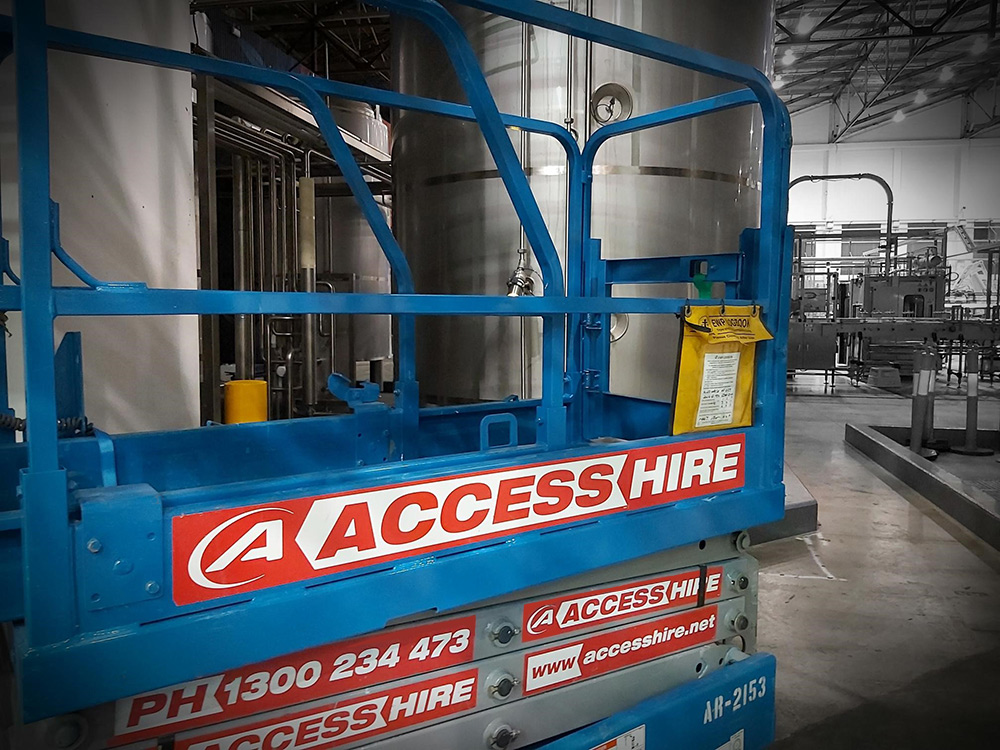An electric scissor lift is an ideal way to lift personnel, tools, equipment, and material to an elevated working area. These types of platforms are easy to use, and they offer a stable and safe platform for your personnel. However, like any machine, if you don’t use them correctly, they can be dangerous, and it’s crucial to prioritise safety at your job site. It’s estimated that approximately 3% of all construction deaths are aerial lift related accidents, and you need to prepare your team to keep them safe. With this in mind, we have compiled a list of three elevated platform safety tips that you should follow to avoid accidents.
Every aerial lift operator needs to have received training to operate these types of machines, and their certification must be up to date. The operator should also be familiar with the particular machine that they will be using. Time should be set aside for the operator to learn and fully understand the controls before they use any aerial lifting equipment. If the operator is making mistakes, additional training should be arranged to bring their skills back up to the required standard.
Before the electric scissor lift or any other aerial platform is used, it should be pre-inspected first. The machine should be given a visual inspection, to spot any leaks, loose pieces of equipment or obvious signs of damage. Then the fluid levels, wheels, tyres, lights, horns, and any other safety equipment should be checked to make sure it is working as intended. The operational placards or warning markings should be easy to read, and every function should be tested before the lift is ready to load and use for work.
The work zone should be as safe as possible, and the personnel needs to be made aware of any hazards.


If the work area is indoors, check the ceiling height and make sure there are no overhead obstructions that could be dangerous. Take a look at the floor for any uneven or unstable surfaces that could make the lift less stable.
If the lift is going to be used outdoors, inspect the area for any ditches, slopes, holes or drop-offs, that could affect the stability of the machine. Look at the area above for any overhead power lines or cables that could be a dangerous obstruction. If the weather is severe or there are high winds, you should delay the work to reduce the chances that the machine will tip over.
Take these precautions before you begin and finish work every time. It can be easy to become complacent if you’re working in an area for a prolonged period of time. However, on a busy job site, the conditions are constantly in flux, and the working area may have changed since it was last inspected.
If you need an electric scissor lift rental for your next project, contact us here at Access Hire for expert help and advice today.